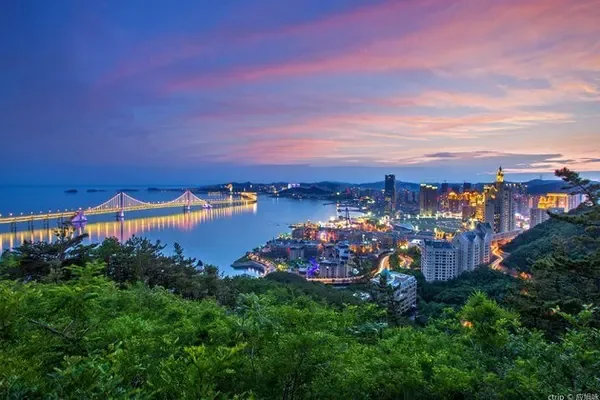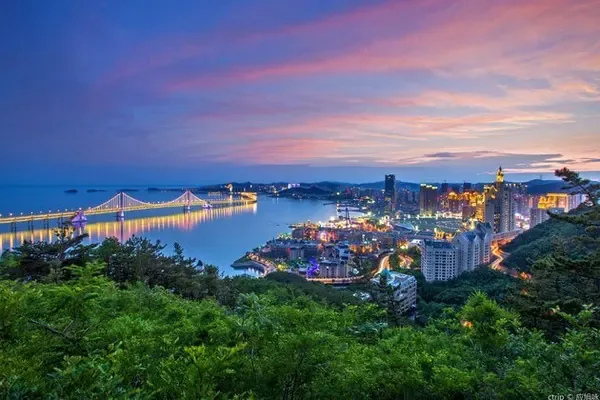Daguo (rta-mgo) means "Snow Mountain" in Xiangzhung language, and people are accustomed to call it "Daguo Snow Mountain". Before the fifth century A.D., on the Qinghai-Tibet Plateau, there once existed an ancient Zhang Zhung Kingdom with its own language and characters and a well-developed civilization. At its most glorious time, the territory of the Zhang Zhung Kingdom started in the west from Gang Rinpoche (Upper Zhang Zhung) in the Ngari region in the west, across the Nima and Shenzha areas in northern Tibet (Middle Zhang Zhung), and in the east to the Dingqing area of Qamdo (Lower Zhang Zhung). Zhang Zhung), with an extremely vast territory, is the earliest civilization center on the Qinghai-Tibet Plateau. The center of Zhongxiang Zhung is near Daguo Snow Mountain and Dangre Yongcuo. This is the cradle of ancient Zhang Zhung civilization, a key to interpreting the mystery of Zhang Zhung culture and an important place to study Ben religion.
Daguo Snow Mountain is located in Naqu Nyima County. It is not only the sacred mountain of the ancient Zhang Zhung tribe, but also the famous Daxue Mountain in Tibetan areas. The mountain is majestic and majestic, with a variety of poses, and the peak is shining with silver light straight into the clouds. Surrounded by 7 peaks like 7 warriors, they are known as "Seven Brothers of Daguo" or "Seven Armies of Warriors".
The two main peaks are Dago Gegen Lazan Peak and Dago Oma Lazan Peak, and the remaining five peaks are Ganglong Lazan Jiega, Temo Lazan Suja, Jiyang Lazan Yuba, and Bave Lazan A Shu and Mamora praise Wujiu Peak, forming a rolling mountain belt with a graceful appearance. There are 8 snow-capped mountains around it called "Garnie Riba Qiejie", collectively known as "Daguo Seven Peaks and Eight Mountains".
It is said that these snow-capped mountains are the gathering place of the gods of the ancient Zhang Zhung, and also the main vein of the 360 peaks of the ancient Zhang Zhung. Dangre Yongcuo at the foot of the sacred mountain is one of the "three major Yongcuo" in Tibetan areas, and is regarded as the "holy mountain and holy lake" by people. This is the seat of Zhang Zhung in ancient central China. "Daguo" and "Dangre" are both Zhang Zhung's language.
This is also the Dharma accumulation, the source of wisdom, and the starting point of history of the Snowland Buddha Land religion. It is said that the magical power of the sacred mountain and holy lake is extremely effective. Herdsmen in northern Tibet are often referred to as "Gangdise and Manasarovar in the upper part, Nyainqentanglha and Namtso in the lower part, Daguo Snow Mountain and Dangre Yuntuo in the middle", and are listed as the "three holy mountains and holy lakes in Tibet". "There is an endless stream of people turning mountains and lakes, and they are very famous.


